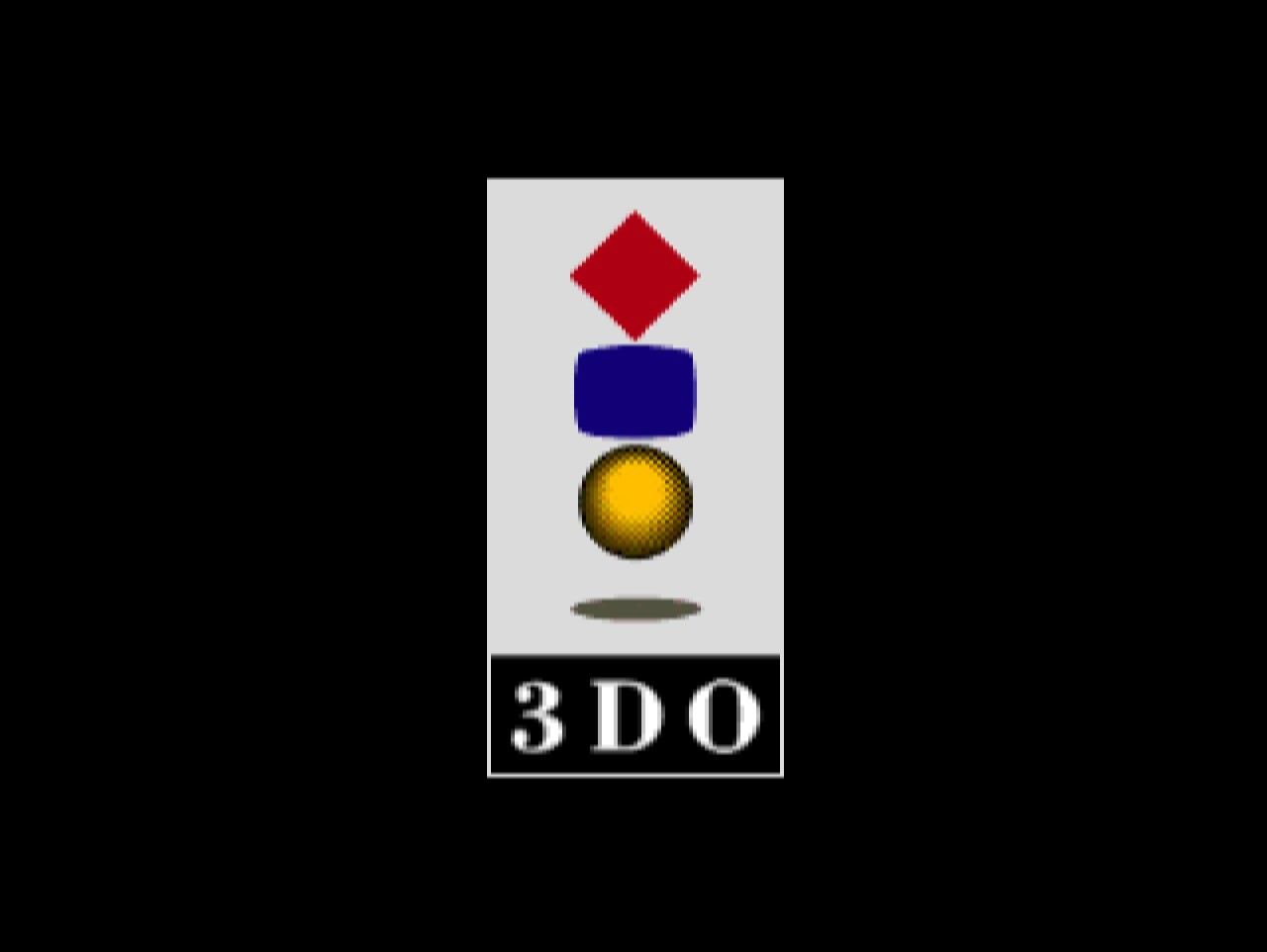3DO (PAL)
Game Information
| manufacturer | The 3DO Company |
| year | 1993 |
| clone of | 3do |
| other clones | 3do_pal |
| genre | N/A |
| downloads | 28 |
Screenshots










Download Details
| parent set | 3do.zip 2.24m ↗ |
| standalone set | 3do_pal.7z 1.01m |
Driver Details
| source | misc/3do.cpp |
| status | preliminary |
| emulation | preliminary |
| savestate | unsupported |
| type | sound |
| status | unemulated |
Screen Details
| display | screen |
| type | raster |
| orientation | horizontal |
| width | 1280px |
| height | 240px |
| refresh | 70.46mhz |
Input Details
| player | 1 |
| type | joy |
| buttons | 3 |
| directions | 8 |
Chipset Details
| name | ARM7 (big) |
| clock | 11.92mhz |
ROM Details
| name | size | crc |
|---|---|---|
| panafz10.bin | 1.00m | 58242cee |
| goldstar.bin | 1.00m | b6f5028b |
| panafz1.bin | 1.00m | c8c8ff89 |